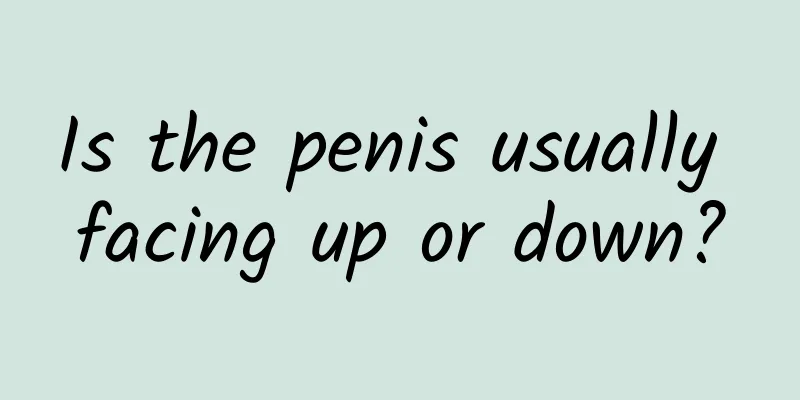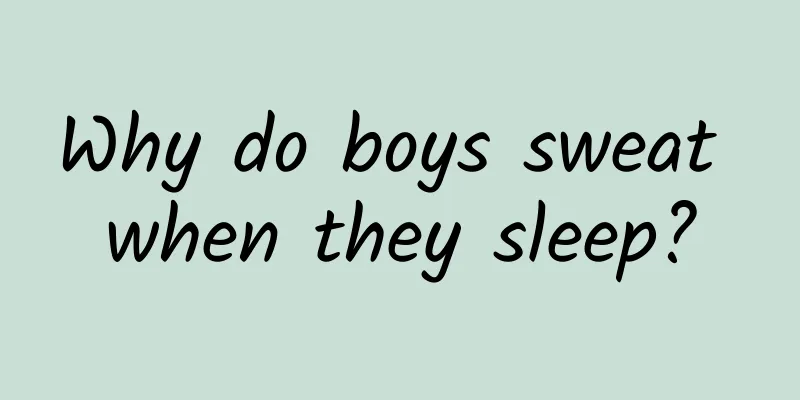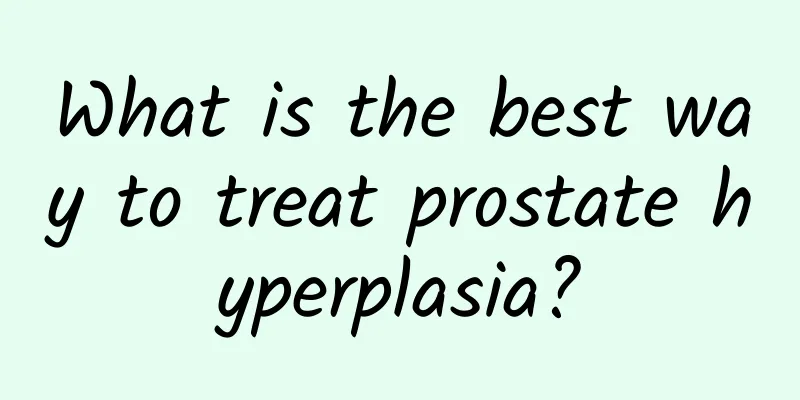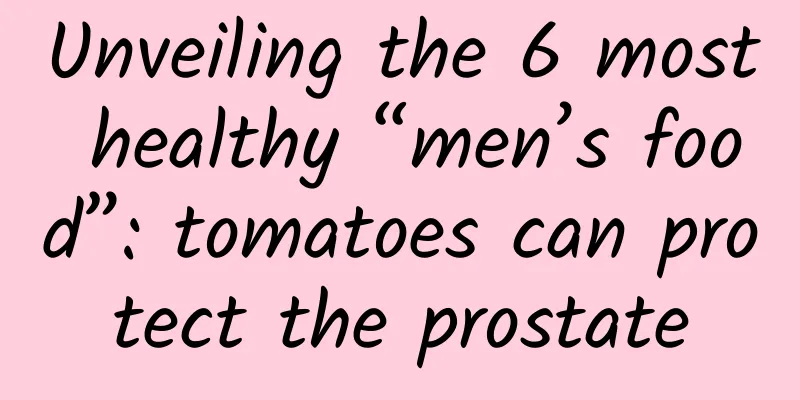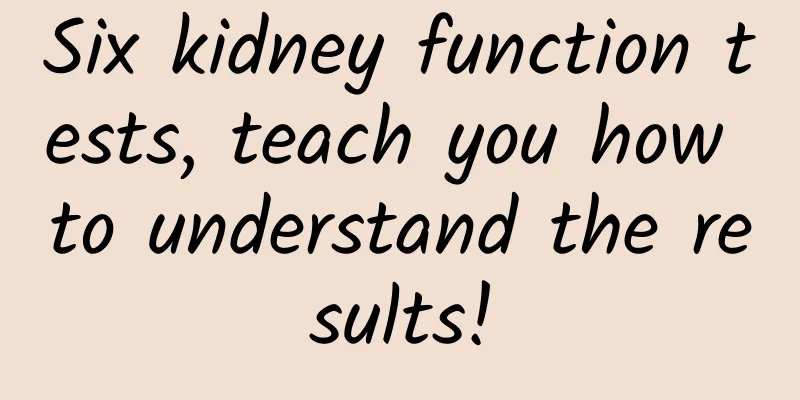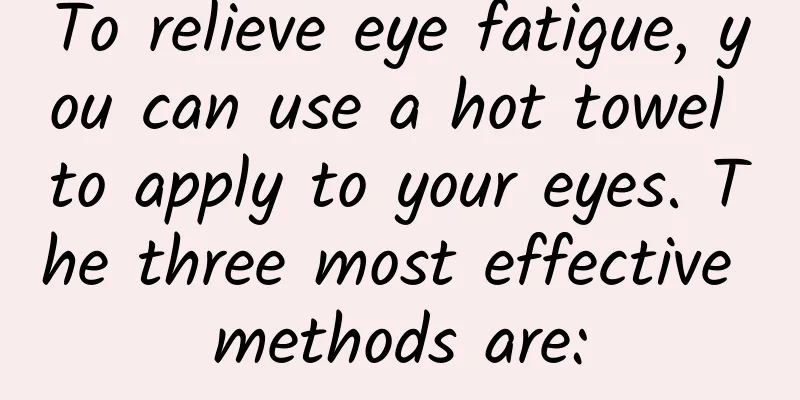Drugs and methods for treating necrospermia

|
There are many drugs for treating necrospermia, but most people may not know much about them. With the rapid development of social life, the quality of life has generally improved, but various problems have also arisen. For example, there are more and more patients with necrospermia nowadays, and many people are unwilling to undergo surgical treatment, so most people choose to take medicine to maintain their condition. So what are the drugs for treating necrospermia? Let's introduce them in detail below. Drugs and methods: Non-hormonal anti-inflammatory drug treatment: mainly used for chronic non-bacterial accessory gland inflammation. Commonly used drugs include aspirin, indomethacin, phenylbutazone, ibuprofen, etc. For example, indomethacin 25 to 50 mg, 3 times a day, phenylbutazone 100 mg, 3 to 4 times/day. Continuous medication for 1 month can reduce accessory gland congestion and edema, and has a certain therapeutic effect on necrospermia. Antibiotic treatment: mainly used for abnormal semen caused by chronic bacterial prostatitis or seminal vesiculitis. Antibacterial drugs that can diffuse into the prostate are selected, with trimethoprim-sulfamethoxazole (TMP) being the first choice. Clinical practice has shown that the combination of trimethoprim-sulfamethoxazole (TMP) and rifampicin (RFP) can achieve better results. Specific usage: TMP 80mg/tablet, RFP 300mg/tablet. Take 1 tablet each in the morning and 2 tablets at night for 15 consecutive days; change to 2 tablets each in the evening, once a day, for 15 consecutive days. Then change to 1 tablet each in the evening, once a day, for 90 consecutive days, for one course of treatment. Chloramphenicol and erythromycin can diffuse into the prostate gland at high levels. Chloramphenicol and erythromycin can be taken 3 times a day, 1 gram each time; erythromycin can be taken 4 times a day, 0.2 to 0.5 grams each time. To avoid drug resistance, take each of the above antibiotics for 7 to 10 days, then switch to another antibiotic for 8 to 16 weeks. In addition, antibiotics such as co-trimoxazole, norfloxacin, kanamycin, ciprofloxacin, josamycin, and fenvalerate can all be tried. It is generally recommended to use combined medications, preferably under the guidance of drug sensitivity tests. For chronic patients, drugs such as linbizhi and jinbizhi can also be considered. At the same time, drink more water and soften the stool. Avoid taking alcohol and coffee to reduce prostate congestion. 1. Drug treatment. Targeting the cause of the disease, use Western medicine prescriptions and Chinese medicine formulas to regulate the whole body, balance yin and yang, dredge the meridians, and enable the reproductive function to function normally. 2. Physical therapy. Using high-tech treatment equipment from home and abroad, different methods are selected to treat the lesions locally according to different conditions. The combination of drugs and physical therapy can make the drugs absorb quickly and truly break through the drug use barrier. 3. Minimally invasive interventional treatment: Minimally invasive surgery is performed to effectively treat some diseases, such as severe male vas deferens and genital deformities. 4. Psychotherapy. We adopt a variety of auxiliary treatments to provide professional guidance on the patient's thoughts, psychology, diet, and timing of conception. Experienced senior experts will conduct thorough psychological communication with the patient to achieve the goal of treating both the body and mind. Acupuncture treatment Acupoints: Shenshu, Bladdershu, Sanyinjiao, Guanyuan. Method: Medium-strong stimulation, once every other day, 10 times as a course of treatment. When puncturing Guanyuan, the needle tip is downward, so that the needle sensation is transmitted to the external genitalia. Massage Therapy (1) Lower abdominal massage: Use your thumb or palm to massage the Qi Hai, Shi Men and Guan Yuan acupoints in the lower abdomen, and gradually twist them with force, rubbing and pressing, and pressing and leaving them there. (2) Horizontal sacral massage: Use the palm of your hand or the surfaces of your index, middle, and ring fingers to massage the area around the sacral spinous process in a rhythmic horizontal direction, about 120 times per minute. (3) Press Shenmen: Press Shenmen (a point on the Heart Meridian of Hand Shaoyin, with the palm facing up, at the end of the transverse line behind the wrist, in the depression on the inner side of the large tendon of the ulnar flexor carpi) with the thumb, gradually applying force and pressing deeply, and retaining the pressure for about 5 to 10 minutes, 1 to 2 times a day, 10 times as a course of treatment. The above content introduces us to the drugs for treating necrospermia. Each of us can learn more about this aspect so that we will not have problems in this regard. If problems do occur, we can also use our accumulated treatment methods for timely treatment to restore our health faster and better. |
<<: What causes menopause at an age?
>>: How to treat penile sebaceous gland ectopia?
Recommend
Does metronidazole treat gastritis? Side effects of taking metronidazole
Gastritis is a common disease in many people. Gen...
How to hold back from ejaculation?
In fact, holding back ejaculation is a bad habit ...
What are the symptoms of men entering menopause?
For middle-aged men, it is the peak period for th...
What is the best way for men to lose weight?
Many male friends insist on exercising all day to...
Is it good for a man to have a mole on his head?
Many people have moles on their bodies. Moles gro...
What is the reason for the small red spots on the glans?
In daily life, male friends may not pay attention...
What can cure prickly heat? What are the folk remedies for treating prickly heat?
In the hot summer, many people will get prickly h...
These things can improve sperm motility and are worth collecting
To conceive a healthy baby is not only the respon...
What medicine should men take for residual urine after urination?
Post-urinary discharge may be caused by prostatit...
Circumcision and circumcision
Generally, you can resume training and work after...
Why are there white bubbles inside the foreskin?
Some men may find some white stuff inside their f...
Is it a disease if a boy has heavy breathing?
In many cases, the body is prone to many differen...
What should elderly people eat to nourish their kidneys? Four dietary therapies you should not miss
I believe that in daily life, many elderly people...
How long will the first bleeding last?
Many female friends know that vaginal bleeding wi...
What are the symptoms of HPV infection in men?
The symptoms of HPV infection in men are mainly u...

